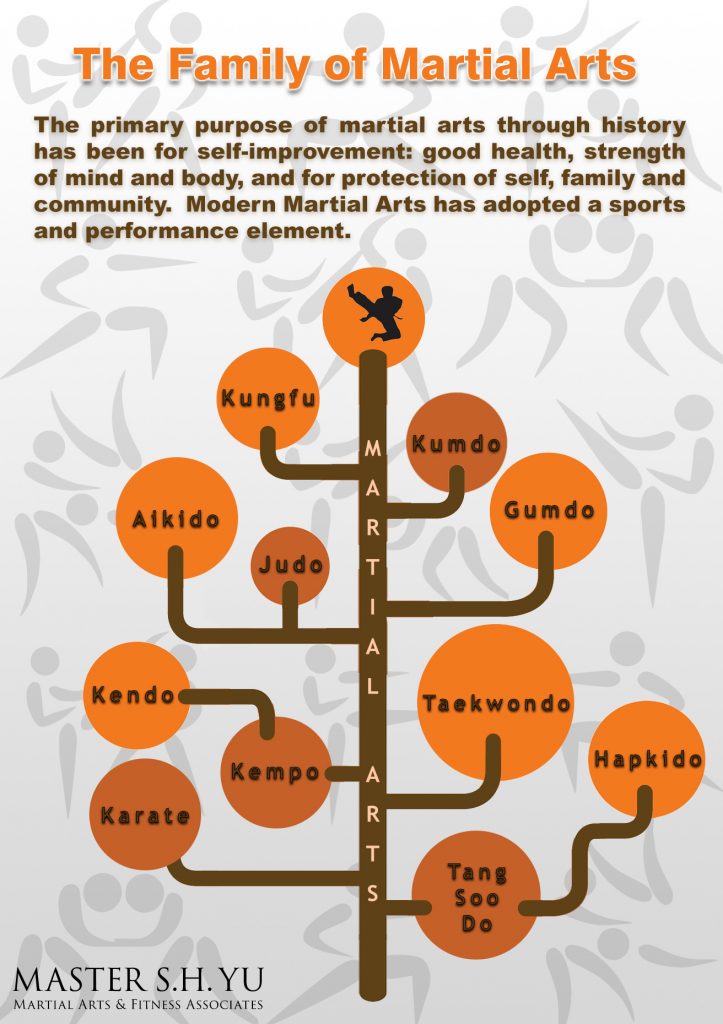Just How Do Traditional Martial Arts Focus On Technique Compare To Modern-Day Combat Sporting Activities Concentrate On Competitors? Discover The Crucial Distinctions That Can Shape Your Trip
Just How Do Traditional Martial Arts Focus On Technique Compare To Modern-Day Combat Sporting Activities Concentrate On Competitors? Discover The Crucial Distinctions That Can Shape Your Trip
Blog Article
Material Author-Bright Snedker
When you consider martial arts, do you lean extra towards the typical techniques or the modern-day battle sporting activities? Each path provides unique benefits and experiences, formed by their viewpoints and training techniques. Traditional martial arts stress personal development and technique, while modern fight sports focus on competitors and efficiency. Recognizing these distinctions can direct you in picking the appropriate approach for your trip. However how do these differences show up in training and ideology?
The Ideology and History Behind Typical Martial arts
While lots of people link martial arts with physical fight, the ideology and history behind standard martial arts run much deeper. You'll find that these self-controls emphasize personal growth, technique, and regard.
Stemming from ancient methods, typical martial arts were typically established for Self-Defense and spiritual growth. They personify concepts such as balance, consistency, and self-constraint, directing specialists beyond mere combating skills.
As you train, you'll not just learn techniques however also get insights right into the society and values that formed these arts. do martial art instructors let kids knock them down and customs, typically passed down via generations, cultivate a feeling of area and belonging.
The Competitive Nature of Modern Fight Sports
Modern battle sporting activities have actually changed the landscape of martial arts right into a very affordable arena, where professional athletes challenge in a test of ability, strategy, and endurance.
You'll notice that competitions are commonly arranged with stringent regulations and regulations, ensuring justice and safety and security. mouse click the following internet site draw in big audiences, sustaining the enjoyment and strength of matchups.
martial arts or boxing educate carefully, not just for physical expertise yet likewise for mental durability, knowing that every information counts in the ring. The adrenaline rush during competitors is palpable, as fighters press their limitations to assert victory.
Followers appreciate the athleticism and virtuosity included, making modern combat sporting activities a thrilling phenomenon that remains to advance and astound fanatics around the world.
Training Methods and Techniques: A Relative Evaluation
The affordable atmosphere of modern combat sporting activities needs cutting-edge training approaches that vary considerably from conventional martial arts.
In martial arts for overweight adults -day training, you'll focus on certain strategies, competing, and conditioning, usually using drills that simulate genuine fight situations. You'll see an emphasis on quantifiable efficiency and constant competition to examine your skills.
On the other hand, typical martial arts prioritize types, katas, and thoughtful teachings, commonly stressing discipline and respect over competition.
Training is generally much less extreme and may entail recurring technique rather than real-time sparring.
While both strategies construct ability and physical fitness, modern-day battle sporting activities provide a much more vibrant and versatile training setting, preparing you for prompt challenges in the ring or cage.
Choose the course that lines up with your goals and rate of interests.
Verdict
In picking between conventional martial arts and contemporary battle sports, it actually boils down to what you value most. If you're trying to find personal growth, self-control, and a sense of area, typical arts could be your ideal fit. However if you flourish on competitors and real-time obstacles, contemporary combat sporting activities could be the method to go. Ultimately, both courses supply distinct benefits, so it's all about straightening your training with your individual goals and interests.
